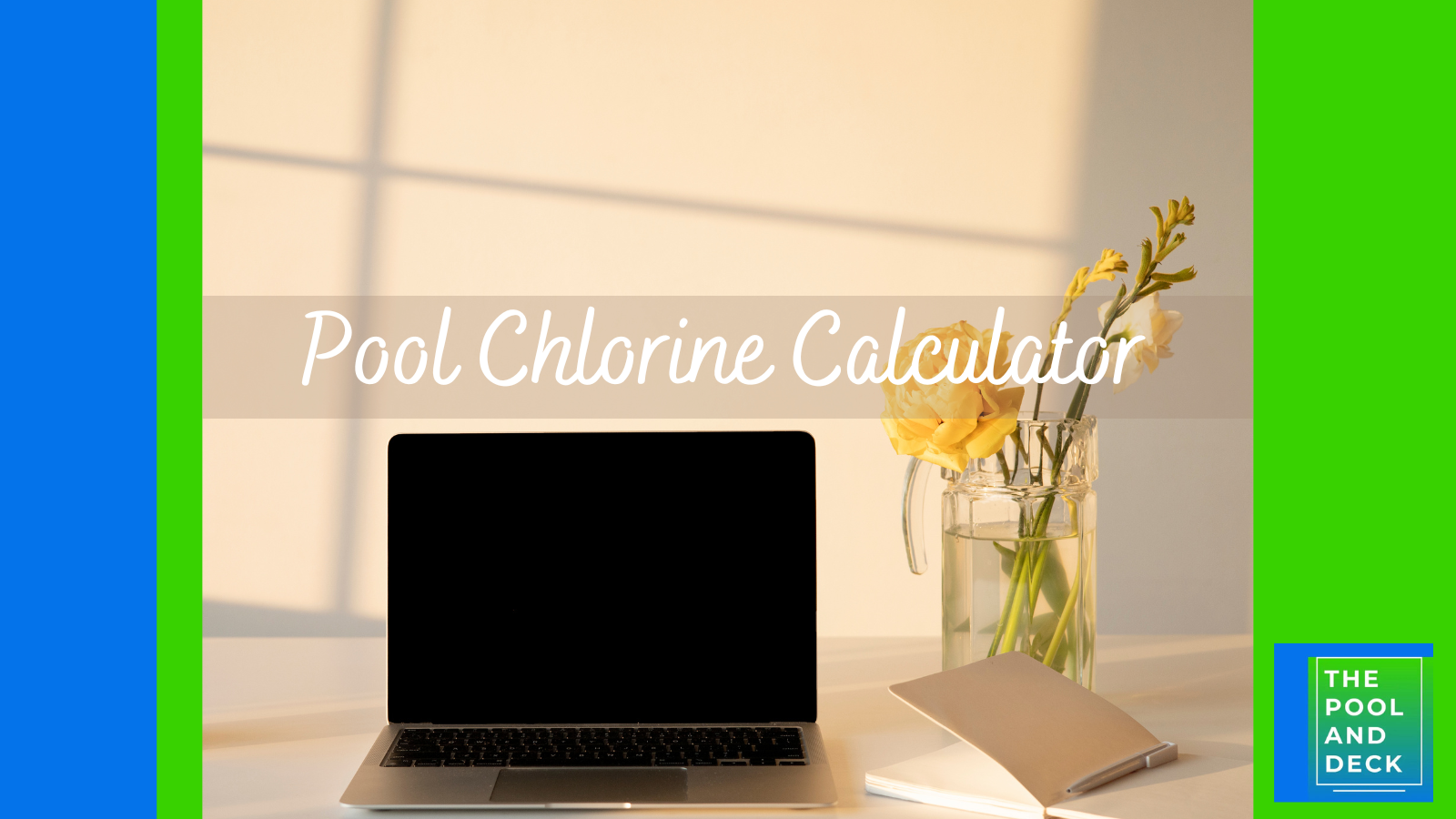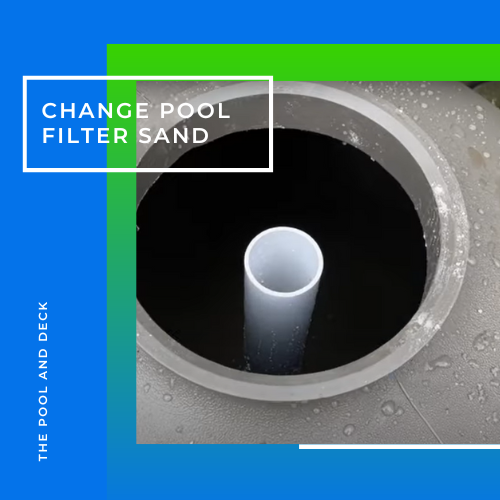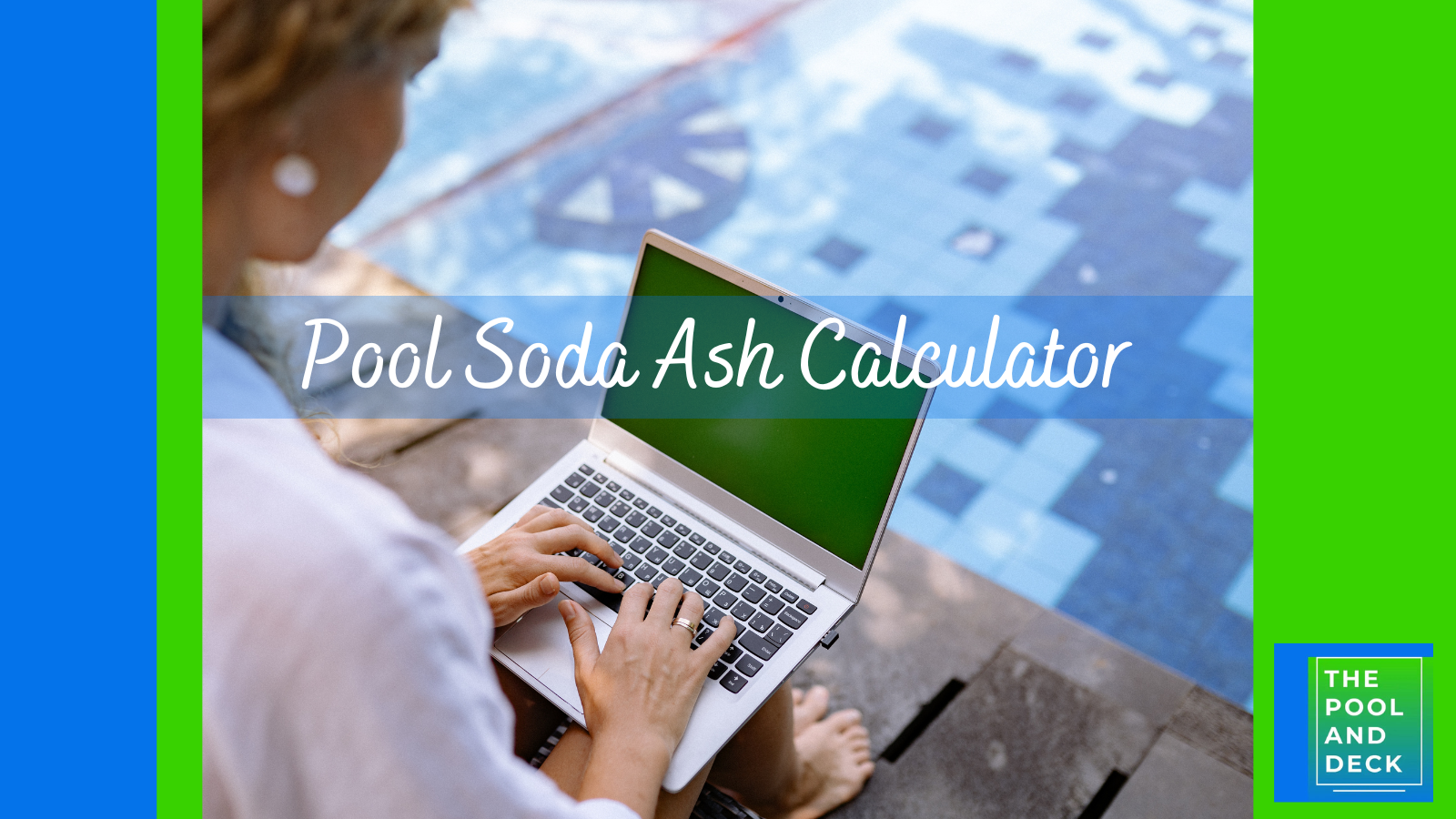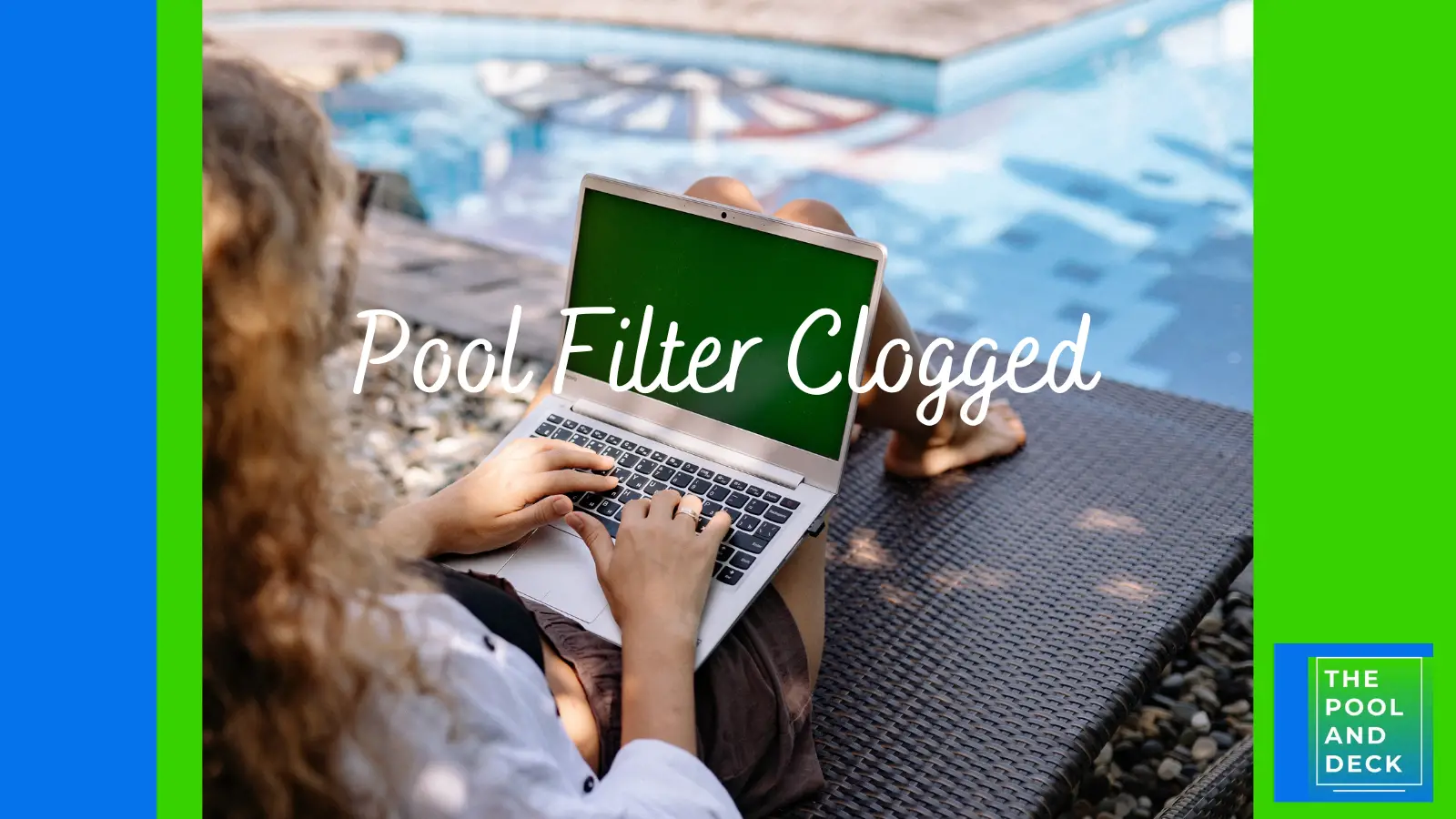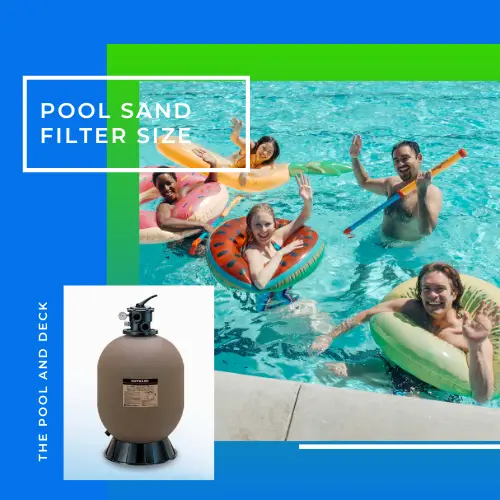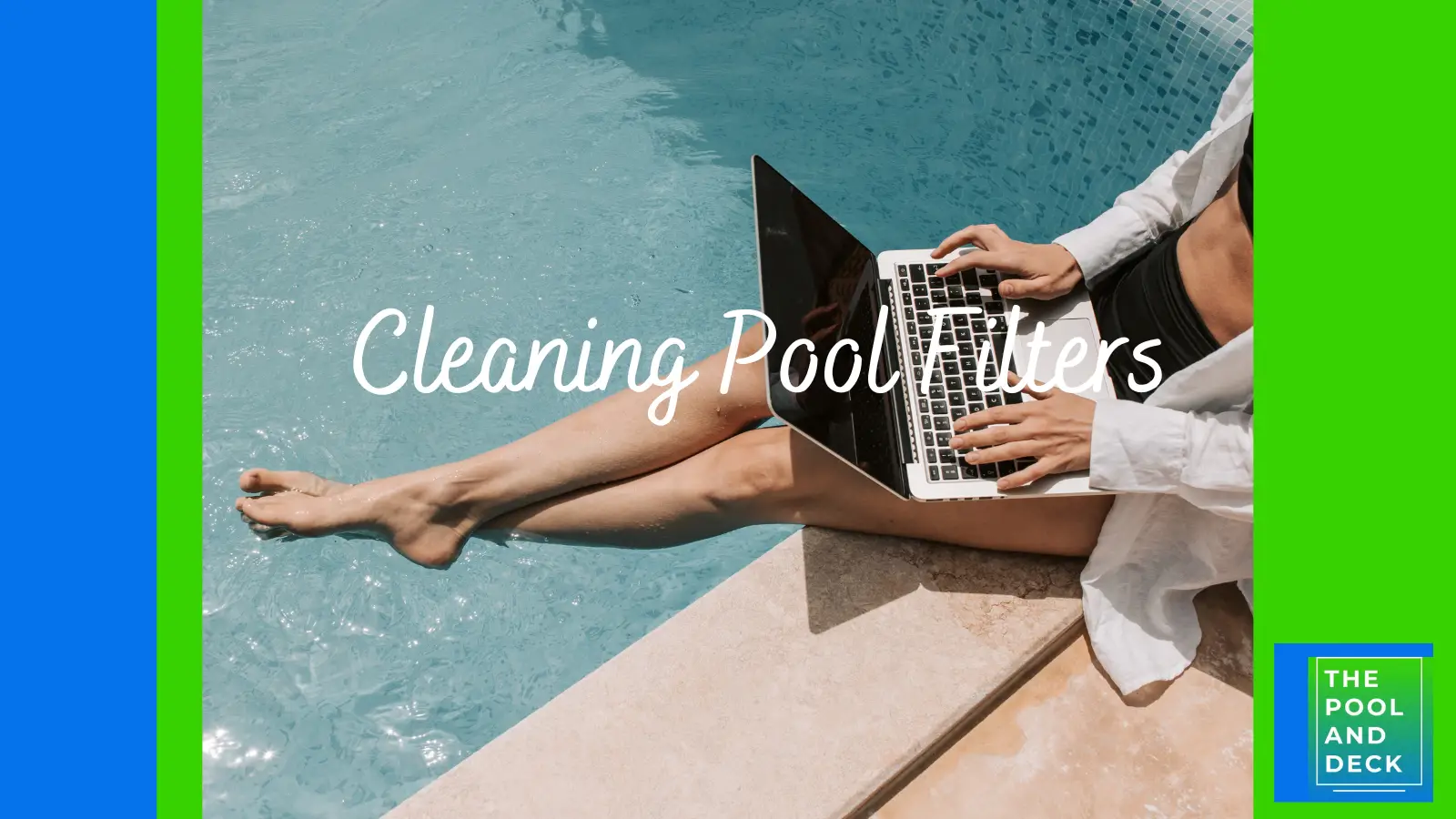How To Add Chlorine Tablets In A Pool? (The Best Way!)
As an Amazon Associate, I earn from qualifying purchases.
Chlorine is the most important pool chemical of them all. Chlorine kills germs & bacteria and keeps algae under control. Chlorine in your pool needs to be replenished constantly to keep your pool safe at all times. Chlorine tablets are convenient. But how to add chlorine tablets in a pool to get best results?
Chlorine for swimming pools are typically available as tablets or granules. Liquid Chlorine is also available but it is not used for regular sanitization. It is used when the pool needs to be “shocked”.
The main difference between the Chlorine Tablets and Chlorine Granules are:
| Chlorine Tablets | Chlorine Granules |
| High concentration of Chlorine | Low concentration of Chlorine |
| Dissolves slowly over 5-6 days | Dissolves fast as larger surface area |
| Best for larger pools | Best for smaller pools |
Both are usually stabilized, meaning that they contain “cyanuric acid” (CYA). CYA ensures the chlorine is not depleted fast by the UV rays of the sun.

Table of Contents
Can you Drop Chlorine Tablets Directly in the Pool?
Chlorine granules, when used, are sprinkled on the surface of the pool water. They dissolve fast and sanitize the pool fast. But that means you have to do it more frequently.
When using chlorine tablets for sanitizing a pool, it seems natural to just drop them directly into the pool. Just as you would do with chlorine granules. It seems simple enough and sounds like fun too!.
However, you should never drop chlorine tablets directly in the pool.
Chlorine tablets are not chlorine granules. They will sink and sit on the bottom of your pool. They dissolve slowly and release high concentrations of chlorine. The chlorine can bleach the pool bottom and leave a permanent, ugly stain.
Chlorine tablets sitting on the pool bottom create a high concentration of chlorine around them. But other parts of the pool, especially the surface, may not get the required dose of chlorine.
In fact, you want the chlorine to spread to all corners of the pool as evenly as possible.
What is the Way to Add Chlorine Tablets in a Pool?
Chlorine tablets come in 3” diameter sizes. Since you do not want them sinking to the pool bottom, you have to ensure they stay on the pool surface.
There should also be a lot of water circulation around them. This way the chlorine, when released, is spread across the pool.
There are three possible ways of achieving this.
- Place them in the Pool Skimmer
- Use Floating Chlorine Dispensers
- Use an Automatic Chlorinator
Each has its pros & cons.
Is it Bad to Put Chlorine Tablets in the Pool Skimmer?
The advantage of using the Pool Skimmer to add Chlorine Tablets in the Pool, is that a pool with a filtration system already has at least one, possibly two skimmers. You do not have to buy anything.
Further the pool skimmer is exactly where the circulation starts. So water flowing over the chlorine tablets will certainly not be an issue, as long as the pool pump is in operation..
The Association of Pool and Spa Professionals (APSP) advises that there should be a minimum of one skimmer for every 400 square feet of pool surface area.
The primary function of a pool skimmer is to trap floating debris, such as leaves, before the pool water is sucked into the pool filtration system.
The pool skimmer has great circulation when the pump is running. The circulation drops to near zero when the pump is not working. And the pool pump does not work 24/7.
The chlorine tablets are still releasing chlorine. Lack of circulation creates a highly acidic environment in and around the pool skimmer.
When the pump starts, the highly acidic water is sucked straight into the pool filtration system. This higher than normal level of acidity can cause metallic parts in the skimmer, pump and filter to corrode faster.
Another disadvantage is that the pool skimmer is a fixture. It is attached to the pool wall. It does not move around.
When the pump is not running and water circulation in the pool is low, the chlorine level will be high around the pool skimmer but lower at the center of the pool and a lot lower at the opposite end.
PoolSkim Pool Skimmer and Pool Cleaner from Amazon may interest you if you are looking for a Pool Skimmer. It is Self-Adjusting to Water Level, Reduces Workload on Filtration System and Cleaning is Made Easy.
Avoid using the pool skimmer to add chlorine tablets in your pool.
How does a Chlorine Floater Work?
A chlorine floater is a pretty simple and relatively inexpensive device. It is just a small plastic pod that can float around in your pool and stay upright.
It has a chamber to keep 4-5 chlorine tablets. Water gets in through adjustable vents or baffles at the bottom so the chlorine tablet can release chlorine into your pool. The rate of chlorine dispensation can be adjusted by adjusting the vents.
MILLIARD Chlorine Floater, Floating Chlorine Dispenser with Thermometer available at Amazon.

Chlorine Floaters (aka Floating Pool Chlorinator or Floating Chlorine Dispenser) usually come with a leash. You can tie it to the pool ladder or attach it to the pool wall using suction anchors provided.
The leash not only helps you pull it back when required, but also ensures the floater does not get stuck in some corner of the pool.
Can you Swim in a Pool with a Chlorine Floater?
You can swim in a pool with a chlorine floater if you are doing laps and the floater (or its leash) is not on your swim path. However, it is much better to pull out the floaters if you have a lot of swimmers, especially kids, in the pool.
Too much water splashing can tip the floaters and cause the chlorine tablets to drop to the pool bottom. This defeats the reason for using chlorine floaters in the first place.
In any case always ensure that the chlorine level and pool water pH are in the recommended range.
- Chlorine Level should be between 1-4 ppm
- Pool Water pH should be between 7.2-7.6
How many Chlorine Tablets should I put in my Pool?
The rule of thumb is to use one 3” chlorine tablet for every 5000 gallons of water in your pool. Divide the pool volume in gallons by 5000 and round the number to a higher whole number. (As an example, if your answer is 3.2, use four 3” chlorine tablets).
A 3″ chlorine tablet lasts for a week. Replenish the tablet every week if you are using only one in each floating chlorine dispenser. Tie up this activity with your other pool and deck care chores, so you never forget.
Be aware that these are just guidelines. Chlorine can dissipate much faster depending on the weather conditions, the amount of debris, the number of swimmers etc.
Add more chlorine tablets, if they have dissolved and the pool chlorine level is below 2 ppm.
Are Automatic Pool Chlorinators Good?
Automatic pool chlorinators are the best way to add chlorine tablets to your pool. Automatic pool chlorinators (or simply known as chlorinators) are of two types.
Inline Chlorinators
An inline chlorinator is inbuilt into the plumbing of the pump and filtration system of the pool. For this reason, it is best to install it when your in ground pool is under construction or a major refurbishment.
As the pool water passes through the chlorinator, just prior to re-entering the pool, the chlorine dissolves and the exact required amount of chlorine is released in the pool.
Offline Chlorinators
Offline chlorinators work in the exact same way as inline chlorinators. The only difference is that they are not hard plumbed into the pool pump & filtration system.
Instead, they get connected to the plumbing through two holes in the pipe. In a sense they function as parallel plumbing with a chlorinator.
If you do not want to (or need to) mess with your existing pool plumbing, then an offline chlorinator is the way to go. It is as effective as an inline chlorinator.
Why use a Chlorinator?
Automatic Chlorinators do not come cheap. And then there is the cost and effort of installation. However, if you can do it, you can pretty much say goodbye to all your pool sanitization worries.
A Chlorinator:
- Eliminates any risk of the pool lining getting stained by chlorine tablets
- Allows chlorination levels to be set by you automatically
- Can be installed as offline or inline
- Can be used on both above ground and inground pools
- Does not require any manual monitoring
If you are ready to upgrade do check out Hayward CL220 Off-line Automatic Chemical Feeder available on Amazon. Its key features are:
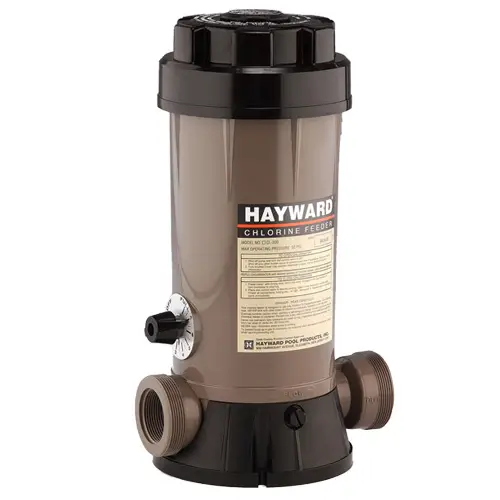
- Uses large or small, slow dissolving tablets
- Dial control valve allows for easy feed rate adjustment
- Easy-Lok threaded cover for safe and convenient access to add tablets
- Unique finger-release catch provides extra security
- Durable ABS body and high quality Viton seal for extended life
For more information on Pool Chlorine Types refer to my post Complete Guide To Pool Chlorine Types. (What Is The Best?).
Thank you very much for reading the post. I do hope you found it informative and helpful.

